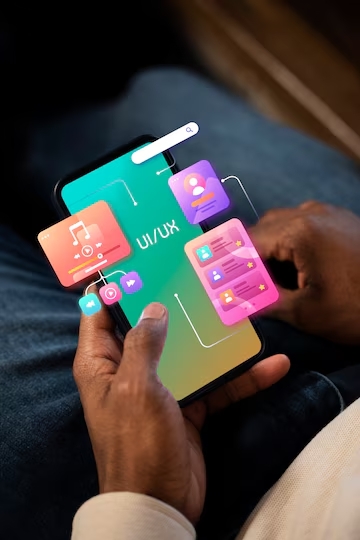Application modernization is the process of improving the code of legacy software applications by updating them to a newer version of their code, moving them to the cloud, and matching their user interfaces to the latest interactions. A current trend is application modernization, which is imperative for companies’ competitiveness in the digital age with rapid technological advancements.
There are a few primary drivers behind why organizations choose to modernize their apps:
Enhancing the User Experience
One of the most important reasons is to enhance the user experience for both customers and employees. Legacy application user interfaces are often cluttered, outdated, and difficult to use. Users now expect sleek, intuitive designs across the web and mobile. App modernization enables the integration of modern UI/UX features such as:
- Responsive design for accessibility on all devices
- Voice command capabilities with AI assistants
- Support for augmented reality and other innovations
- Data-driven and machine learning-powered customized experiences
This focus on user engagement aims to boost productivity, satisfaction, conversion rates, and brand loyalty.
Gaining Agility and Efficiency

Monolithic legacy applications are complex, sprawling codebases that limit developer velocity, hinder scaling, and prevent the addition of new features. By deconstructing these into modular microservices architectures with the help of legacy application modernization services, companies empower more rapid iterations and incremental improvements.
Transitioning to cloud platforms like AWS, Azure, and Google Cloud also promotes efficiency. The cloud enables flexibility, automation, and consolidation of servers/data centers to optimize costs. Firms also realize DevOps acceleration from streamlined tooling and workflows.
Together, architectural shifts and cloud infrastructure establish the technological agility to react quicker to market changes.
Enhancing Security
Legacy apps usually lack robust security capabilities that are now standard requirements. From encryption to protect data to access controls around permissions, outdated programming languages and frameworks contain many vulnerabilities.
By upgrading to cutting-edge languages like Python and Go, companies bake in the latest authentication protocols, cybersecurity tools, and compliance best practices. Migrating to the cloud additionally leverages native security services like firewalls, role-based access, and intrusion detection offered by providers.
Key Strategies for Modernizing Applications

With those motivations in mind, here are a few of the most popular techniques IT leaders employ to modernize apps:
Incremental Refactoring
This measured approach gradually upgrades legacy code over time. It focuses on identifying and replacing outdated programming languages, isolating dependencies into services, and adding automation. The goal is to slowly transition towards a cloud-native architecture without a risky wholesale overhaul.
Replatforming
Also referred to as “lift-and-shift,” this fast option “lifts” legacy applications off on-premises hardware and “shifts” them directly onto cloud platforms. It involves a few code changes, speeding up time to value. This sets the stage for more transformational upgrades after the initial migration.
Rebuilding from Scratch
Some firms decide the limitations of legacy apps merit starting completely fresh. By rebuilding natively on the cloud, they fully embrace microservices, DevOps, and modern coding languages without old constraints. However, this requires ample resources and planning for user training and data migration.
Determining the most appropriate path forward depends on budget, timeline, and technical debt. Regardless of strategy, through comprehensive application modernization, companies gain the digital capabilities to meet customer expectations both now and for the future innovations ahead.
The shifts toward remote work and digital engagement make modernizing apps more imperative than ever. As companies scramble to transform digitally, seizing the opportunity to innovate, save money, and better meet user expectations separates market leaders from strugglers. Undertaking application modernization sets up IT ecosystems for success both today and into the cloud-native future.

